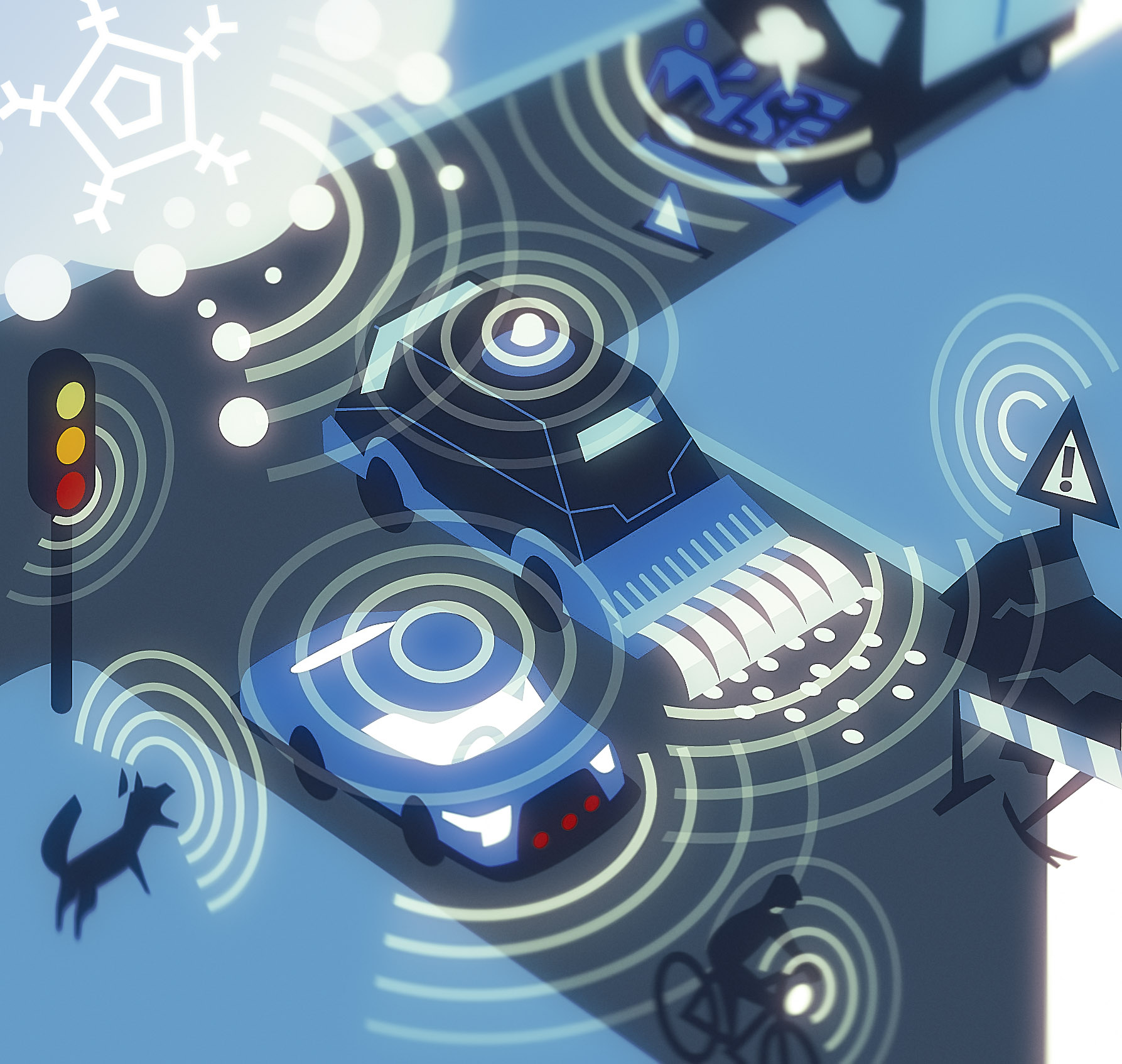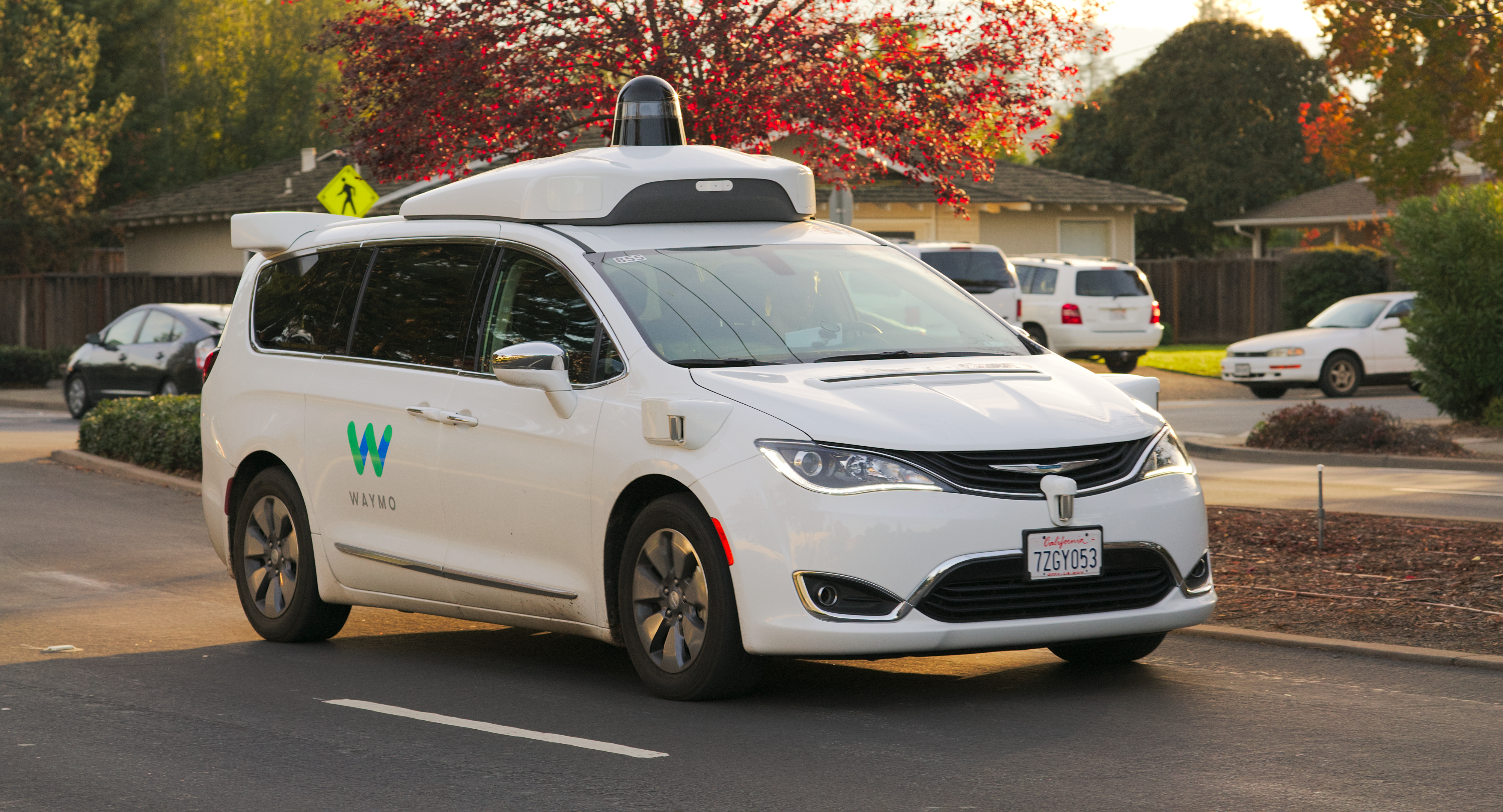|
5G Automotive Association
The 5G Automotive Association (5GAA) is a corporate coalition to develop and promote standardized protocols for automotive vehicles utilizing 5G communications. It serves as a lobbying group for the European Union on behalf of its membership. Their interests are government investments in the widespread deployment of short-range 5G wireless technology dubbed Cellular V2X. History The 5GAA registered as a registered voluntary association in September 2016, by three German automotive manufacturers (AUDI AG, BMW Group, Daimler AG) and five major 5G patent holders (Ericsson, Huawei, Intel, Nokia and Qualcomm). In 2018, more than 80 companies have joined. Currently, more than 130 companies belong to the association. In 2017, the 5GAA signed a letter of intent with the European Automotive Telecom Alliance (EATA) for collaboration. Organization The 5GAA has a hierarchical membership structure based with the founding members at the top followed by the highest paying members. A hi ... [...More Info...] [...Related Items...] OR: [Wikipedia] [Google] [Baidu] |
Cellular V2X
Vehicular-to-Everything (V2X) communication is important in enabling safe, dependable, and efficient transportation services, which can be implied in both the near- and long-term and can meet the requirements of today and tomorrow. Cellular V2X (C-V2X) is the technology developed within the 3rd Generation Partnership Project (3GPP) and designed to operate in vehicle-to-vehicle and vehicle-to-network modes. It is an upcoming prominent technology that can achieve the V2X requirements and plan, most systematically, the way to connected and automated driving. Vehicle-to-everything (V2X) communication is important in generating real-time and highly reliable information for implementing safe, efficient, and environmentally-conscious transportation services and laying the groundwork for connected and automated driving (CAD). Cellular Vehicle-to-everything (C-V2X) has vast potential to deliver fair transfiguring benefits in enhancing vehicular traffic management worldwide. It helps ease prob ... [...More Info...] [...Related Items...] OR: [Wikipedia] [Google] [Baidu] |
Vehicle-to-everything
Vehicle-to-everything (V2X) is communication between a vehicle and any entity that may affect, or may be affected by, the vehicle. It is a vehicular communication system that incorporates other more specific types of communication as V2I (vehicle-to-infrastructure), V2N (vehicle-to-network), V2V (vehicle-to-vehicle), V2P (vehicle-to-pedestrian), V2D (vehicle-to-device). The main motivations for V2X are road safety, traffic efficiency, energy savings, and mass surveillance. The U.S. NHTSA estimates a minimum of 13% reduction in traffic accidents if a V2V system were implemented, resulting in 439,000 fewer crashes per year. There are two types of V2X communication technology depending on the underlying technology being used: (1) WLAN-based, and (2) cellular-based. History The history of working on vehicle-to-vehicle communication projects to increase safety, reduce accidents and driver assistance can be traced back to the 1970s with projects such as the US Electronic Road Gui ... [...More Info...] [...Related Items...] OR: [Wikipedia] [Google] [Baidu] |
Vehicle Technology
A vehicle (from la, vehiculum) is a machine that transports people or cargo. Vehicles include wagons, bicycles, motor vehicles (motorcycles, cars, trucks, buses, mobility scooters for disabled people), railed vehicles (trains, trams), watercraft (ships, boats, underwater vehicles), amphibious vehicles (screw-propelled vehicles, hovercraft), aircraft (airplanes, helicopters, aerostats) and spacecraft.Halsey, William D. (Editorial Director): ''MacMillan Contemporary Dictionary'', page 1106. MacMillan Publishing, 1979. Land vehicles are classified broadly by what is used to apply steering and drive forces against the ground: wheeled, tracked, railed or skied. ISO 3833-1977 is the standard, also internationally used in legislation, for road vehicles types, terms and definitions. History * The oldest boats found by archaeological excavation are logboats, with the oldest logboat found, the Pesse canoe found in a bog in the Netherlands, being carbon dated to 8040 - 7 ... [...More Info...] [...Related Items...] OR: [Wikipedia] [Google] [Baidu] |
Emerging Technologies
Emerging technologies are technologies whose development, practical applications, or both are still largely unrealized. These technologies are generally new but also include older technologies finding new applications. Emerging technologies are often perceived as capable of changing the status quo. Emerging technologies are characterized by radical novelty (in application even if not in origins), relatively fast growth, coherence, prominent impact, and uncertainty and ambiguity. In other words, an emerging technology can be defined as "a radically novel and relatively fast growing technology characterised by a certain degree of coherence persisting over time and with the potential to exert a considerable impact on the socio-economic domain(s) which is observed in terms of the composition of actors, institutions and patterns of interactions among those, along with the associated knowledge production processes. Its most prominent impact, however, lies in the future and so in the ... [...More Info...] [...Related Items...] OR: [Wikipedia] [Google] [Baidu] |
5G NR Frequency Bands
Frequency bands for 5G New Radio (5G NR), which is the air interface or radio access technology of the 5G mobile networks, are separated into two different frequency ranges. First there is Frequency Range 1 (FR1), which includes sub-6 GHz frequency bands, some of which are traditionally used by previous standards, but has been extended to cover potential new spectrum offerings from 410 MHz to 7125 MHz. The other is Frequency Range 2 (FR2), which includes frequency bands from 24.25 GHz to 71.0 GHz. Frequency bands From the latest published version (Rel. 17) of the respective 3GPP technical standard (TS 38.101), the following tables list the specified frequency bands and the channel bandwidths of the 5G NR standard. Note that the NR bands are defined with prefix of "n". When the NR band is overlapping with the 4G LTE band, they share the same band number. Frequency Range 1 Frequency Range 2 See also * 5G * 5G NR * List of 5G NR ... [...More Info...] [...Related Items...] OR: [Wikipedia] [Google] [Baidu] |
Dedicated Short-range Communications
Dedicated short-range communications (DSRC) are one-way or two-way short-range to medium-range wireless communication channels specifically designed for automotive use and a corresponding set of protocols and standards. History In October 1999, the United States Federal Communications Commission (FCC) allocated 75 MHz of spectrum in the 5.9 GHz band to be used by intelligent transportation systems (ITS). In August 2008, the European Telecommunications Standards Institute (ETSI) allocated 30 MHz of spectrum in the 5.9 GHz band for ITS. By 2003, it was used in Europe and Japan in electronic toll collection. DSRC systems in Europe, Japan and the U.S. are not compatible and include some very significant variations (5.8 GHz, 5.9 GHz or even infrared, different baud rates, and different protocols). Singapore's Electronic Road Pricing scheme plans to use DSRC technology for road use measurement (ERP2) to replace its ERP1 overhead gantry method. In June ... [...More Info...] [...Related Items...] OR: [Wikipedia] [Google] [Baidu] |
IEEE 802
IEEE 802 is a family of Institute of Electrical and Electronics Engineers (IEEE) standards for local area networks (LAN), personal area network (PAN), and metropolitan area networks (MAN). The IEEE 802 LAN/MAN Standards Committee (LMSC) maintains these standards. The IEEE 802 family of standards has had twenty-four members, numbered 802.1 through 802.24, with a working group of the LMSC devoted to each. However, not all of these working groups are currently active. The IEEE 802 standards are restricted to computer networks carrying variable-size packets, unlike cell relay networks, for example, in which data is transmitted in short, uniformly sized units called cells. Isochronous signal networks, in which data is transmitted as a steady stream of octets, or groups of octets, at regular time intervals, are also outside the scope of the IEEE 802 standards. The number 802 has no significance: it was simply the next number in the sequence that the IEEE used for standards projects. ... [...More Info...] [...Related Items...] OR: [Wikipedia] [Google] [Baidu] |
Autonomous Driving
A self-driving car, also known as an autonomous car, driver-less car, or robotic car (robo-car), is a car that is capable of traveling without human input.Xie, S.; Hu, J.; Bhowmick, P.; Ding, Z.; Arvin, F.,Distributed Motion Planning for Safe Autonomous Vehicle Overtaking via Artificial Potential Field IEEE Transactions on Intelligent Transportation Systems, 2022. Self-driving cars use sensors to perceive their surroundings, such as optical and thermographic cameras, radar, lidar, ultrasound/sonar, GPS, odometry and inertial measurement units. Control systems interpret sensory information to create a three-dimensional model of the surroundings. Based on the model, the car identifies appropriate navigation paths, and strategies for managing traffic controls (stop signs, etc.) and obstacles.Hu, J.; Bhowmick, P.; Jang, I.; Arvin, F.; Lanzon, A.,A Decentralized Cluster Formation Containment Framework for Multirobot Systems IEEE Transactions on Robotics, 2021. Once the techn ... [...More Info...] [...Related Items...] OR: [Wikipedia] [Google] [Baidu] |
Advanced Driver-assistance Systems
An advanced driver-assistance system (ADAS) is any of a groups of electronic technologies that assist drivers in driving and parking functions. Through a safe human-machine interface, ADAS increase car and road safety. ADAS uses automated technology, such as sensors and cameras, to detect nearby obstacles or driver errors, and respond accordingly. ADAS can enable various levels of autonomous driving, depending on the features installed in the car. As most road crashes occur due to human error, ADAS are developed to automate, adapt, and enhance vehicle technology for safety and better driving. ADAS are proven to reduce road fatalities by minimizing human error. Safety features are designed to avoid crashes and collisions by offering technologies that alert the driver to problems, implementing safeguards, and taking control of the vehicle if necessary. Adaptive features may automate lighting, provide adaptive cruise control, assist in avoiding collisions, incorporate satellite navig ... [...More Info...] [...Related Items...] OR: [Wikipedia] [Google] [Baidu] |
SAE International
SAE International, formerly named the Society of Automotive Engineers, is a United States-based, globally active professional association and standards developing organization for engineering professionals in various industries. SAE International's world headquarters is in Warrendale, Pennsylvania, 20 miles north of Pittsburgh, Pennsylvania. Principal emphasis is placed on global transport industries such as aerospace, automotive, and commercial vehicles. The organization adopted the name SAE International to reflect the broader emphasis on mobility. SAE International has over 138,000 global members. Membership is granted to individuals, rather than companies. Aside from its standardization efforts, SAE International also devotes resources to projects and programs in STEM education, professional certification, and collegiate design competitions. For historical legacy reasons, the label "SAE" is commonly used on tools and hardware in North America to indicate United States ... [...More Info...] [...Related Items...] OR: [Wikipedia] [Google] [Baidu] |





